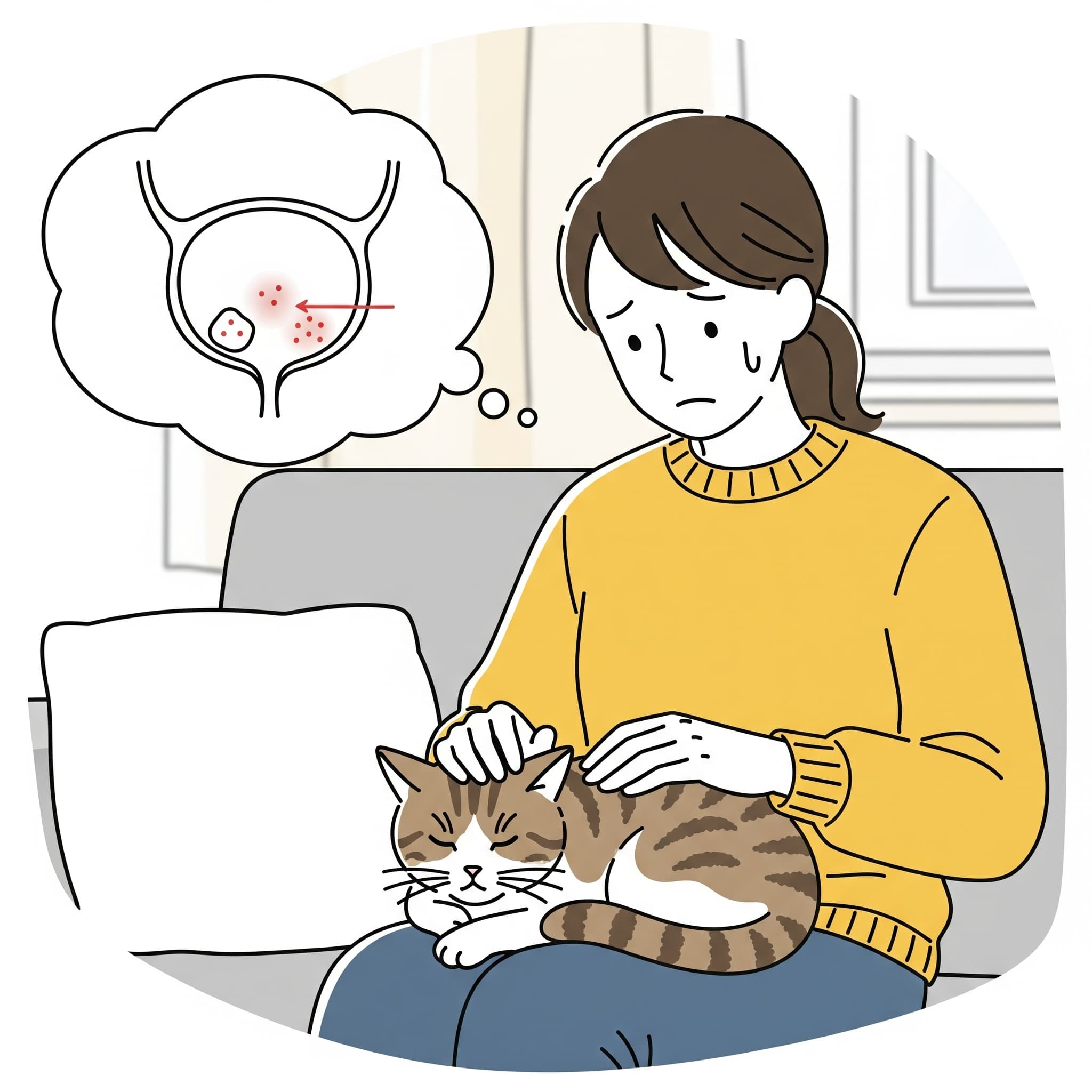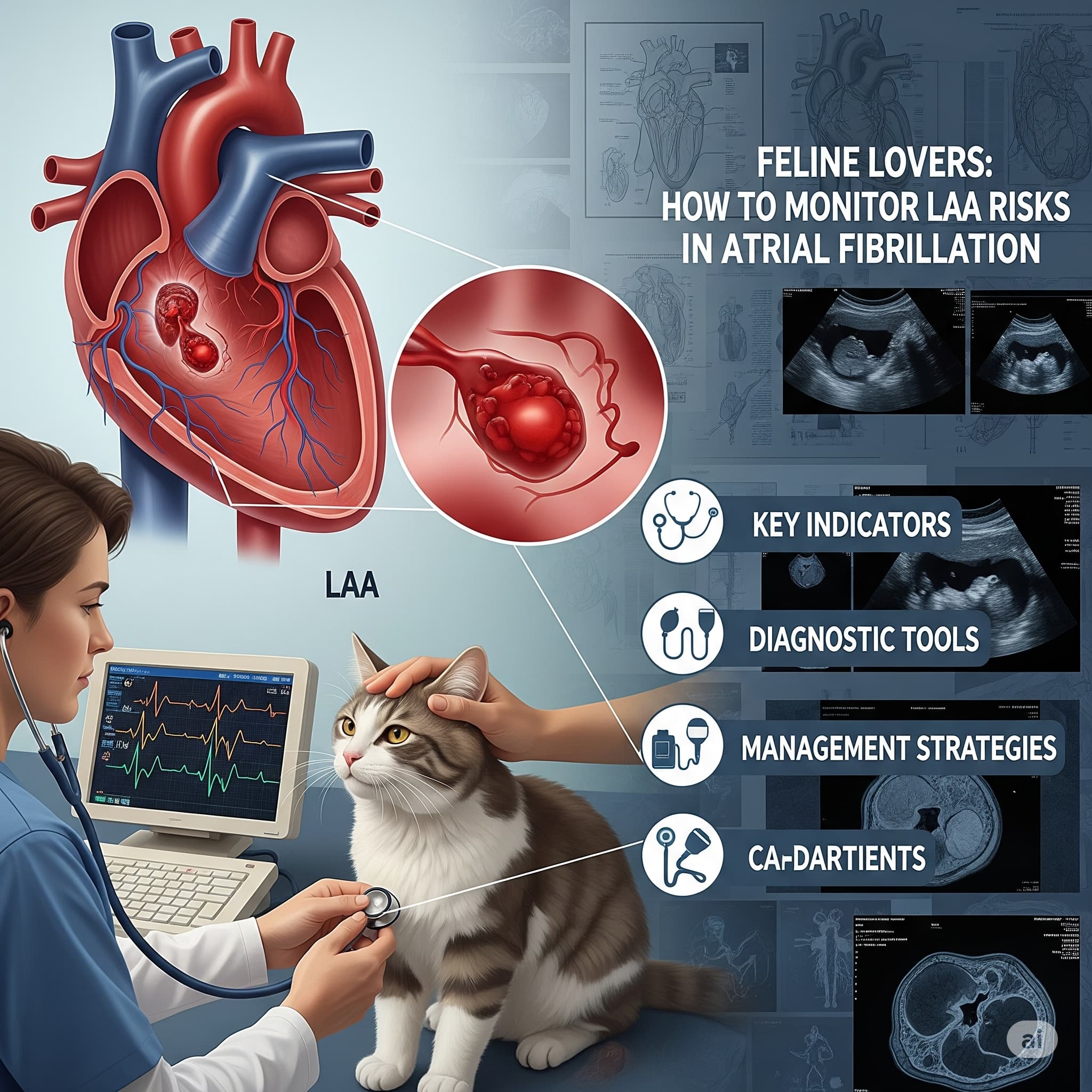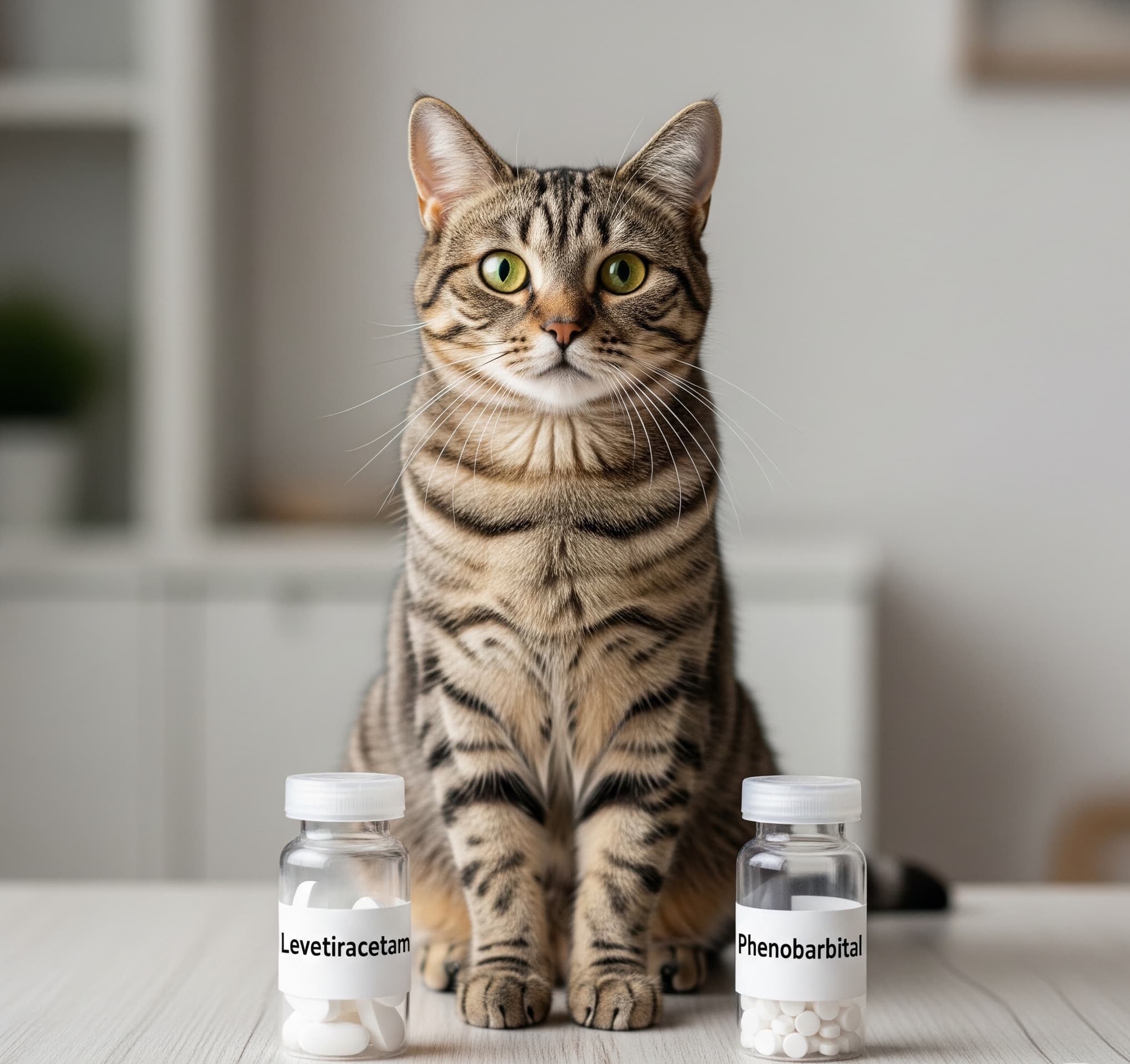Daily vs. Weekly Checks: Better Outcomes for Senior Cat Health?
Wondering if daily or weekly checks boost your senior cat’s health? Discover pros, cons, and tips for better outcomes. Read now!
Introduction
Hey there, cat lovers. Ever caught yourself staring at your fluffy senior buddy, wondering if they’re feeling okay? As our cats hit those golden years usually around 7 or older, they start needing a bit more TLC. That’s where the debate on daily vs. weekly health checks comes in. It’s like deciding between a quick daily chat with a friend or a deeper weekly catch-up. Both can keep things on track, but which one leads to happier, healthier outcomes for your aging furball? Let’s dive in and figure it out together.
To help you navigate this guide and grab what you need fast, here are the key sections we’ll explore:
- Why Regular Health Checks Matter for Senior Cats
- Daily Checks: What to Do and Their Perks
- Weekly Checks: How They Fit In and When They’re Enough
- Head-to-Head: Daily vs. Weekly for Top Health Results
- Pro Tips, Common Questions, and More
Okay, here’s the deal—stick with me, and by the end, you’ll know exactly how to keep your senior cat purring strong.
Why Regular Health Checks Matter for Senior Cats
Picture this: Your cat’s zooming around like a kitten one day, then suddenly they’re sleeping more or skipping meals. Scary, right? Senior cats face stuff like kidney issues, arthritis, or thyroid problems that sneak up fast. Regular checks at home are your secret weapon to spot these early.
Think of it as being a detective in your own home. Cats age quicker than us—a year for them is like seven for you. So, what seems like a small change could signal big trouble. Vets say catching problems soon means simpler fixes and longer lives. For example, if your cat’s drinking more water, it might point to diabetes. Ignore it, and things get messy.
But why bother at all? Well, studies show early detection cuts vet bills and stress. It’s like oil changes for your car, skip ’em, and boom, breakdown. For seniors, this means fewer emergencies and more cozy lap time. Trust me, I’ve seen friends freak out over late-night vet runs that could’ve been avoided with simple habits.
And get this: Most cat pros recommend blending home monitoring with vet visits twice a year. At home, you’re the frontline. It builds a bond too—your cat feels the love when you gently check their gums or feel for lumps. No rocket science here, just everyday care that pays off big.
Daily Checks: What to Do and Their Perks
Alright, let’s talk daily checks. It’s not as intense as it sounds—like brushing your teeth, but for your cat’s health. Start simple: Watch their eating. Are they chowing down or picking at food? Note any changes. Then, peek at the litter box. Scooping daily lets you spot weird poops or less pee, which could mean kidney woes.
Feel their body gently while petting. Lumps? Sore spots? It’s like a mini massage they love. Check eyes and ears for gunk, and gums for pale colour which is a red flag for anemia. Weigh them weekly, but glance daily for sudden drops. Oh, and behavior: More hiding? Less play? Jot it down.
The perks? Huge. Daily spotting means issues don’t snowball. Imagine nipping arthritis early with soft beds or meds—your cat stays bouncy longer. It’s like catching a leak before it floods the house. Plus, it strengthens your bond; they know you’re looking out for them.
One cool trick: Use a journal or app. Track trends over days. Vets love that data.
I’ve chatted with cat owners who swear by this. One said their daily routine caught hyperthyroidism early, saving their 12-year-old tons of pain. Feels good, right? Daily keeps you proactive, not reactive. But hey, if life’s hectic, don’t sweat—start small.
Weekly Checks: How They Fit In and When They’re Enough
Now, weekly checks. These are like your Sunday reset—deeper but less frequent. Perfect if daily feels overwhelming. Set a reminder: Every Saturday, do a full once-over. Weigh accurately, measure food intake from the week, and inspect teeth closer with a flashlight.
Clip nails if needed, brush fur thoroughly to catch mats—seniors groom less. Listen to breathing; any wheezes? Feel joints for swelling. It’s thorough, like a spa day minus the cucumber eyes.
When’s it enough? For healthy seniors with no history of issues, weekly might suffice. It catches slower changes, like gradual weight loss. Pros: Less time daily, so you avoid burnout. Cons: Misses quick shifts, like sudden thirst spikes.
Think of it as checking your car’s tires weekly versus daily glances. Good for maintenance, but if something pops mid-week, you’re behind. Vets often say weekly home checks pair well with bi-annual pros for stable cats.
A buddy of mine does weekly on their 10-year-old—caught a dental issue before it hurt. Saved money too. If your cat’s super chill and symptom-free, weekly could work. But mix in daily peeks for peace of mind.
Head-to-Head: Daily vs. Weekly for Top Health Results
Time for the showdown: Daily versus weekly. Which wins for better outcomes? Spoiler—daily often edges out, but it depends.
Daily pros: Catches stuff super early. Like, a one-day appetite dip signals trouble now, not later. Leads to fewer vet emergencies, longer life. Cons: Takes more time, might stress anxious cats if overdone.
Weekly pros: Easier schedule, deeper dives. Great for busy folks. Cons: Risks missing fast problems, like infections brewing mid-week. Outcomes? Studies on pet monitoring show daily habits link to 20-30% better early detection rates.
Analogies help: Daily’s like daily vitamins—steady boost. Weekly’s a big meal once a week—nourishing but gaps exist. For seniors with conditions, daily shines. Healthy ones? Weekly might tie.
Real talk: A vet pal says most regrets come from “I wish I’d noticed sooner.” Daily wins there. But blend ’em—daily basics, weekly thorough. Best outcomes? Consistent whatever you choose. Data from cat health groups backs daily for chronic issues like diabetes.
Humor me: It’s not a cat fight; both beat doing nothing. Pick what fits your life, adjust as needed.
Pro Tips, Common Questions, and More
Wrapping up with tips to nail this. First, make it fun—pair checks with treats. Use soft lighting to avoid scares. Track in a cute notebook; makes it less chore-like.
Involve family; kids love helping. Stock basics: Scale, flashlight, gloves. If changes pop, vet ASAP—don’t wait.
Now, FAQs:
How do I know if my cat’s senior?
Around 7-10 years, but signs like less energy clue you in.
Can checks replace vet visits?
Nope! Home stuff complements twice-yearly pros.
What if my cat hates being touched?
Go slow, use toys as distractions. Patience wins.
Are there apps for tracking?
Yes! Ones like Pet Diary log everything easily.
When to worry about changes?
Any sudden shift—appetite, litter, mood—call vet.
These cover basics.
Conclusion
So, we’ve unpacked daily vs. weekly checks for your senior cat’s health. Daily often leads for early catches and better outcomes, but weekly works if life’s busy—consistency’s key. Remember, it’s all about spotting those sneaky issues before they steal precious time. Your cat’s counting on you, and hey, the rewards are endless cuddles.
What do you think—daily devotee or weekly warrior? Drop a comment below with your experiences! If this helped, share with fellow cat parents or subscribe for more tips straight to your inbox. Let’s keep our seniors thriving!




Post Comment